Table of Contents



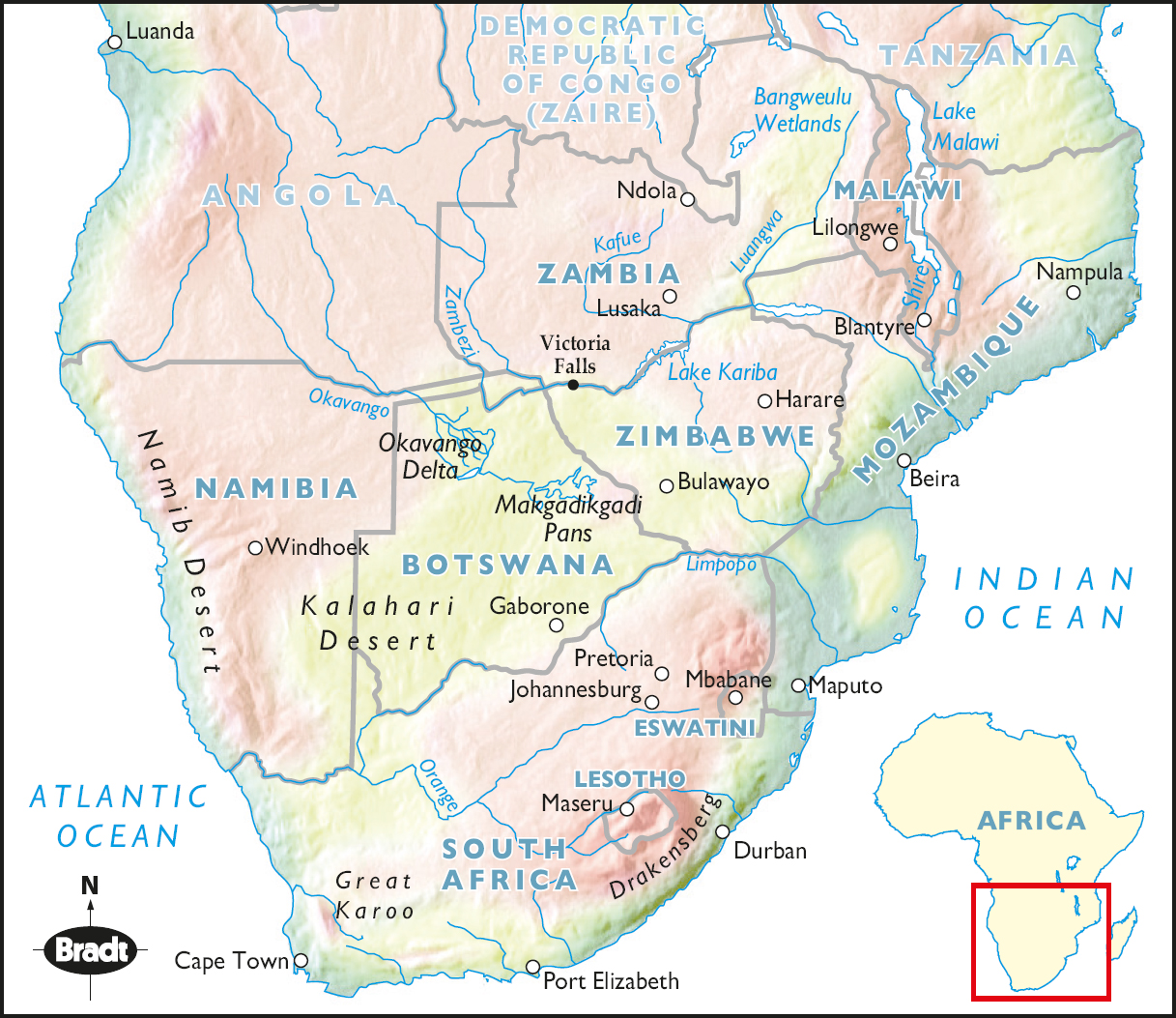
SOUTHERN AFRICAS WORLD-RECORD WILDLIFE
Largest land mammal Male African bush elephants weigh 4.76 tonnes, some 20% more on average than the Asian elephant.
Tallest mammal Giraffes look down on every other animal: males may tower up to 5.7m.
Fastest runner Reaching 100km/h flat-out, the cheetah is the fastest animal on legs. It may accelerate from 060km/h in just 2 seconds.
Largest mammal migration The annual migration of 10 million straw-coloured fruit bats to Zambias Kasanka NP is thought to be the worlds largest.
Biggest bird The ostrich dwarfs everything else with feathers. Males may stand over 2.5m tall and weigh up to 145kg.
Biggest flying bird The kori bustard vies with its Eurasian relative, the great bustard, for this title. Males average 10.511.5kg but may reach 18kg.
Most numerous bird The red-billed quelea is the most numerous wild bird on earth. Its breeding colonies and migratory flocks number many millions.
Longest fangs The hinged fangs of the gaboon viper may reach 5cm. This snake also has the highest venom yield of any snake worldwide.
CONTENTS
AUTHOR AND PHOTOGRAPHER
Mike Unwin spent eight years working in southern Africa, first as a teacher in Zimbabwe and subsequently as an educational publisher in Eswatini (then Swaziland). Work always took second place to wildlife, however, whether he was leading the Swaziland Bird Club, volunteering with the South Luangwa Conservation Society, counting amphibians for the Southern African Frog Atlas project, painting dioramas for the Swaziland Museum of Natural History or generally pursuing all manner of creatures into every corner of the region.
Now a freelance writer back in his native UK, Mike returns to southern Africa whenever he can, revisiting old haunts and discovering new ones. He first caught Bradts attention in 2000 when he won the annual Bradt/BBC Wildlife Travel Writing competition. Today he is the author of some 36 books for both adults and children, including 100 Bizarre Animals (Bradt), The Atlas of Birds (A&C Black) and Migration (Bloomsbury). He also writes regularly about wildlife and travel for many newspapers and magazines, including The Telegraph, The Guardian, The Independent, Travel Africa, Wanderlust and BBC Wildlife. In 2013, Mike was voted UK Travel Writer of the Year by the British Guild of Travel Writers. His photographs and illustrations appear in much of his work, including this book, and he is both an accomplished public speaker and an enthusiastic imitator of unsettling animal noises.
ACKNOWLEDGEMENTS
Many people helped with this book. I am indebted to two in particular: Ara Monadjem, for expert advice and inspiration in the field; and Kathy Gemmell, for editorial expertise and for sharing everything. Any mistakes are mine, not theirs. During my formative years in southern Africa, many friends provided support and encouragement. Special thanks go to Peter and Carole Murby, Francie and Shepherd Shonhiwa, Rex and Mardee Wilson, Luchi and Marjorie Balarin, Elias Ndwandwe, Phil and Joanna Perry, Paul Rhymer and Rod de Vletter. For help while writing the original edition of this book, Im grateful to Marianne Taylor, Claudia dos Santos, Carmen Swanepoel and Chris McIntyre. For subsequent encouragement, Id also like to thank the inspirational Craig Rix. Above all, I am indebted to all those scientists and conservationists who have taught us everything we know about Africas wildlife, and who continue to fight its corner, and to the many wonderful guides who have helped me to track it down.
Many thanks to the Bradt team: Hilary Bradt, Tricia Hayne and Adrian Phillips for bringing the first edition to fruition; Claire Strange, Anna Moores and, especially, Laura Pidgley, for their help with this third edition. Thanks also to Ian Spick for sterling design work, David McCutcheon for beautiful maps and Daniel Austin for eagle-eyed indexing.
Finally, thanks as ever to my family for first opening my eyes to the wonders of nature.
Front cover Leopard, South Luangwa National Park, Zambia (MU)
Back cover Yellow-billed oxpecker (MU)
Title page (top to bottom) Lillians lovebirds (MU); southern tree agama (Lara_Stewart/S); yellow mongoose (MU)
This book is for Flo, simply the most dangerous animal in Africa.
IMPRESSIONS
 Leaving camp before dawn, you follow an old elephant trail deep into the bush, shouldering through the clutching thorns and dew-laden cobwebs. Night lingers in the soft mechanical prrrp of a scops owl and the quavering fragility of a fiery-necked nightjar, but the pale eastern glow prompts a clamour of francolins and the eerie wail of returning jackals. First light, slanting across the trail, picks out the imprint of its nocturnal commuters: everywhere the neat cloven signature of impala here overlaid with the firm stamp of zebra, there embroidered with a genets tiny-pawed motif.
Leaving camp before dawn, you follow an old elephant trail deep into the bush, shouldering through the clutching thorns and dew-laden cobwebs. Night lingers in the soft mechanical prrrp of a scops owl and the quavering fragility of a fiery-necked nightjar, but the pale eastern glow prompts a clamour of francolins and the eerie wail of returning jackals. First light, slanting across the trail, picks out the imprint of its nocturnal commuters: everywhere the neat cloven signature of impala here overlaid with the firm stamp of zebra, there embroidered with a genets tiny-pawed motif.
 The first hippo breaks the surface just twenty metres away with a hydraulic hiss of escaping air. Another head bobs up. Then another. Pink goggle eyes peer suspiciously over bristling muzzles and ears twitch irritably as your paddle strikes the water perhaps a little too urgently and you pull towards the bank. Your canoe nudges into the lilies, disturbing a malachite kingfisher that whirs away in a flash of blue and orange. A startled water monitor scrambles down a ladder of roots into the safety of the dark water.
The first hippo breaks the surface just twenty metres away with a hydraulic hiss of escaping air. Another head bobs up. Then another. Pink goggle eyes peer suspiciously over bristling muzzles and ears twitch irritably as your paddle strikes the water perhaps a little too urgently and you pull towards the bank. Your canoe nudges into the lilies, disturbing a malachite kingfisher that whirs away in a flash of blue and orange. A startled water monitor scrambles down a ladder of roots into the safety of the dark water.
 As you crest the ridge, a sharp whistle jerks your gaze up to a dolomite pinnacle where a klipspringer is poised tiptoe for flight. Another whistle follows from his mate below, and both antelope flip over the edge like abseilers. Easing the pack from your shoulders, you slump into the shade of a sugarbush porcupine quills strewn like an offering around its base and scan the valley with binoculars. A Verreauxs eagle angles into the updraught, white rump flashing in the sunlight. Its rakish shadow sweeps the cliffs, scattering dassies from the ledges.
As you crest the ridge, a sharp whistle jerks your gaze up to a dolomite pinnacle where a klipspringer is poised tiptoe for flight. Another whistle follows from his mate below, and both antelope flip over the edge like abseilers. Easing the pack from your shoulders, you slump into the shade of a sugarbush porcupine quills strewn like an offering around its base and scan the valley with binoculars. A Verreauxs eagle angles into the updraught, white rump flashing in the sunlight. Its rakish shadow sweeps the cliffs, scattering dassies from the ledges.
 Sandgrouse clatter up from the waters edge and wheel away into the darkness, wings and ripples catching the last embers of the day. This morning, through the dust and glare, two hundred nodding zebra had filed out of the thorn scrub, the leaders forced belly-deep into the waterhole by the jostling ranks behind. Now evening assembles a new cast. The first player enters stage right: a black rhino, huffing from the shadows, calf at her heels. At the moan of a distant lion she pauses, radar ears rotating and nostrils scouring the breeze. Then, with a stamp and a snort, she steps up to drink.
Sandgrouse clatter up from the waters edge and wheel away into the darkness, wings and ripples catching the last embers of the day. This morning, through the dust and glare, two hundred nodding zebra had filed out of the thorn scrub, the leaders forced belly-deep into the waterhole by the jostling ranks behind. Now evening assembles a new cast. The first player enters stage right: a black rhino, huffing from the shadows, calf at her heels. At the moan of a distant lion she pauses, radar ears rotating and nostrils scouring the breeze. Then, with a stamp and a snort, she steps up to drink.


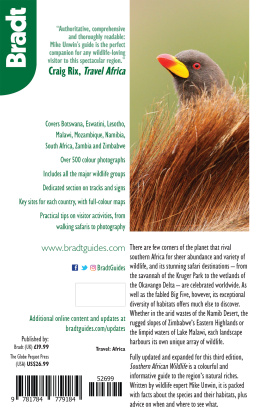
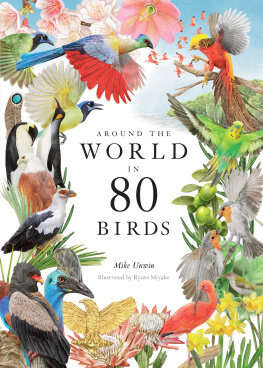

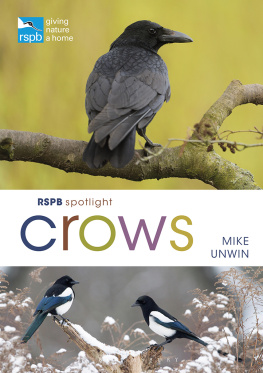
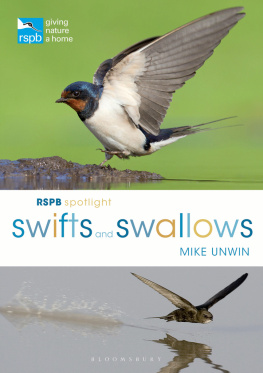

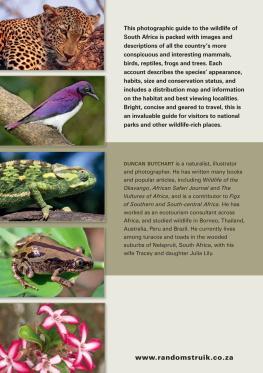

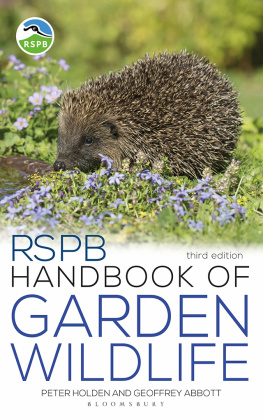
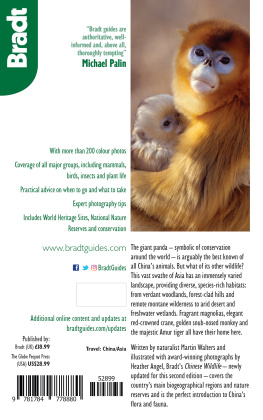
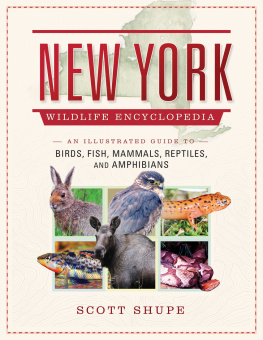


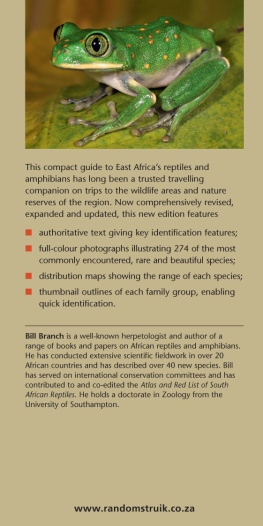





 Leaving camp before dawn, you follow an old elephant trail deep into the bush, shouldering through the clutching thorns and dew-laden cobwebs. Night lingers in the soft mechanical prrrp of a scops owl and the quavering fragility of a fiery-necked nightjar, but the pale eastern glow prompts a clamour of francolins and the eerie wail of returning jackals. First light, slanting across the trail, picks out the imprint of its nocturnal commuters: everywhere the neat cloven signature of impala here overlaid with the firm stamp of zebra, there embroidered with a genets tiny-pawed motif.
Leaving camp before dawn, you follow an old elephant trail deep into the bush, shouldering through the clutching thorns and dew-laden cobwebs. Night lingers in the soft mechanical prrrp of a scops owl and the quavering fragility of a fiery-necked nightjar, but the pale eastern glow prompts a clamour of francolins and the eerie wail of returning jackals. First light, slanting across the trail, picks out the imprint of its nocturnal commuters: everywhere the neat cloven signature of impala here overlaid with the firm stamp of zebra, there embroidered with a genets tiny-pawed motif.